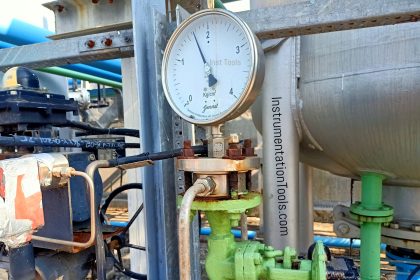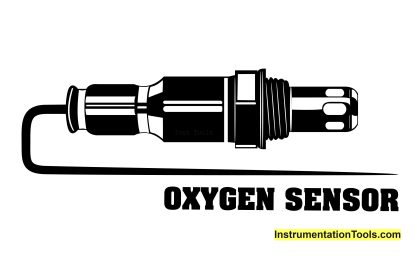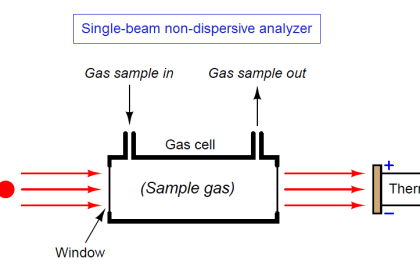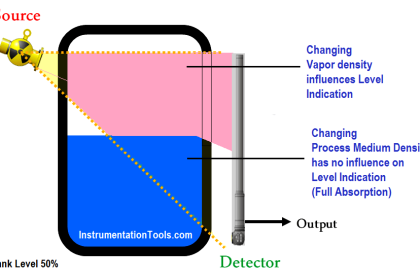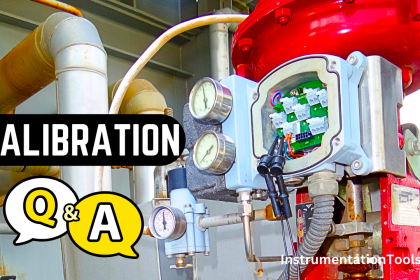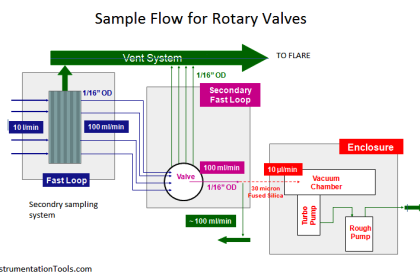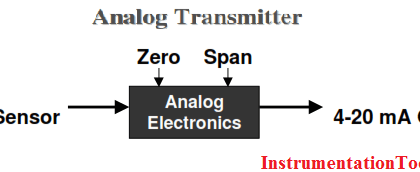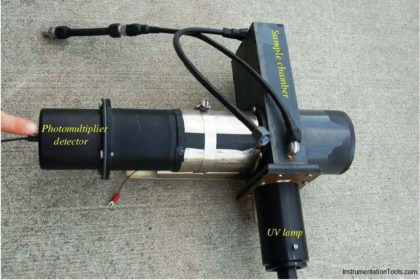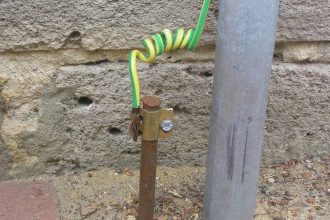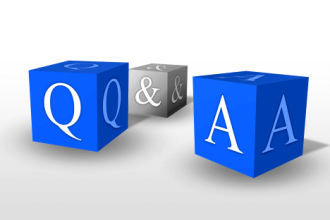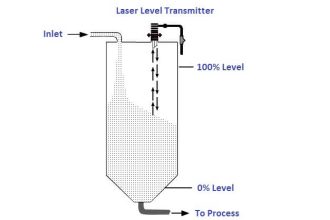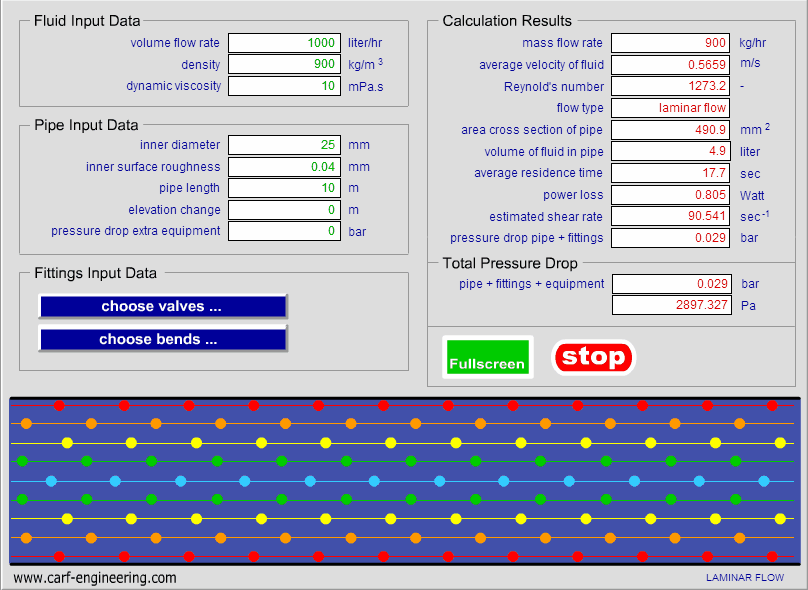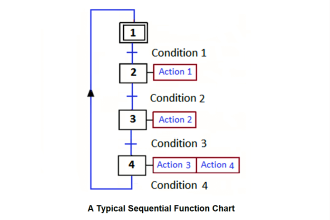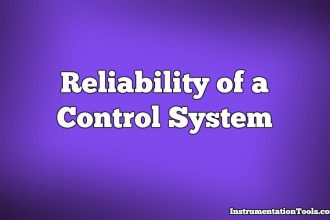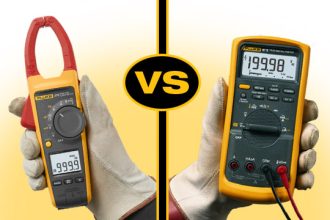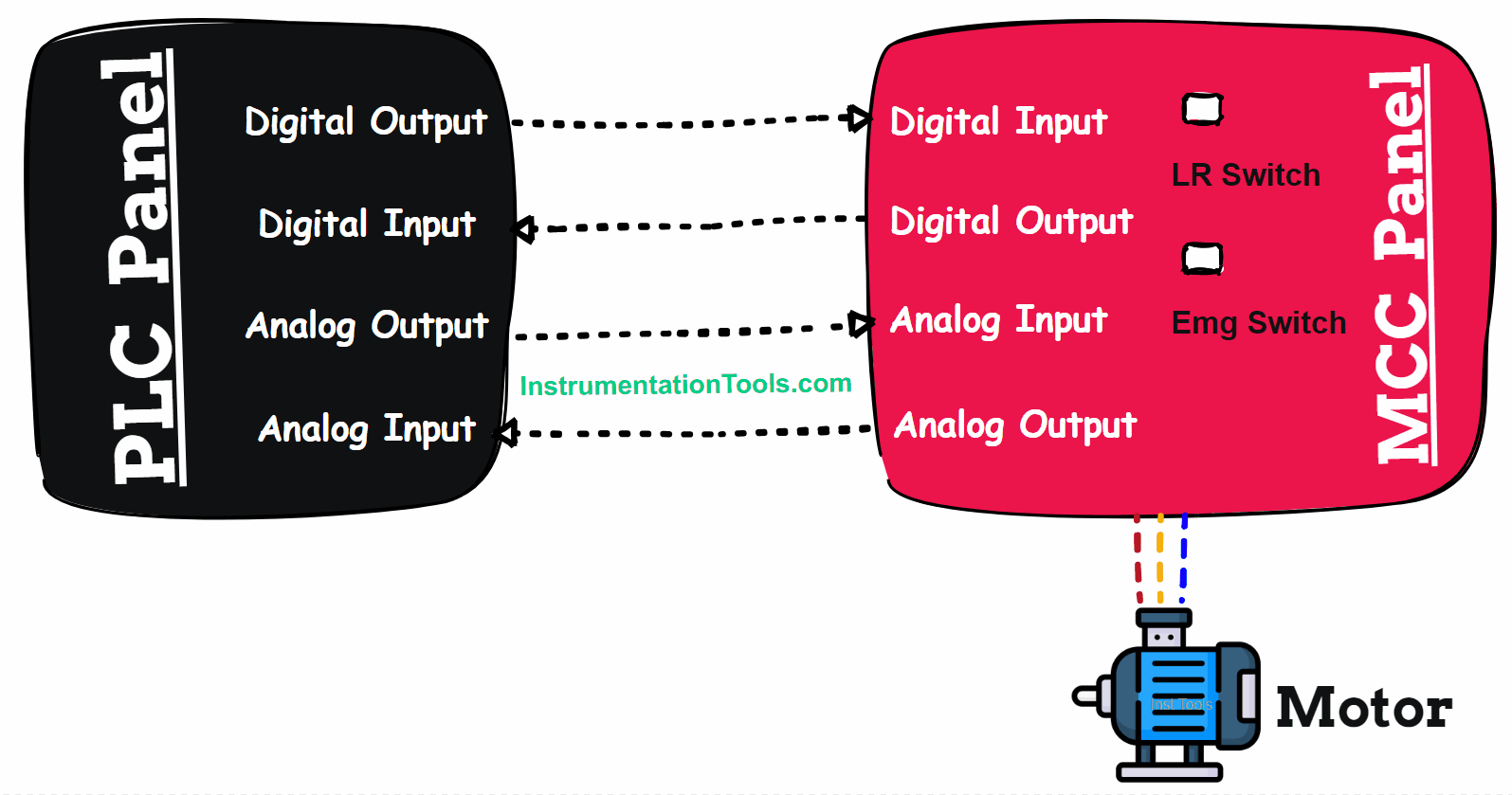Calibration is the process of configuring the instrument to read accurately. Calibration is necessary to calibrate the device to measure the reading accurately.
Electrical conductivity meters are used for measuring the conductivity of a solution. These meters have a dial that can be turned to change the meter’s sensitivity to the change in conductivity.
You’ll need a conductivity meter to test your water or soil for contaminants like iron or copper.
Conductivity Meter
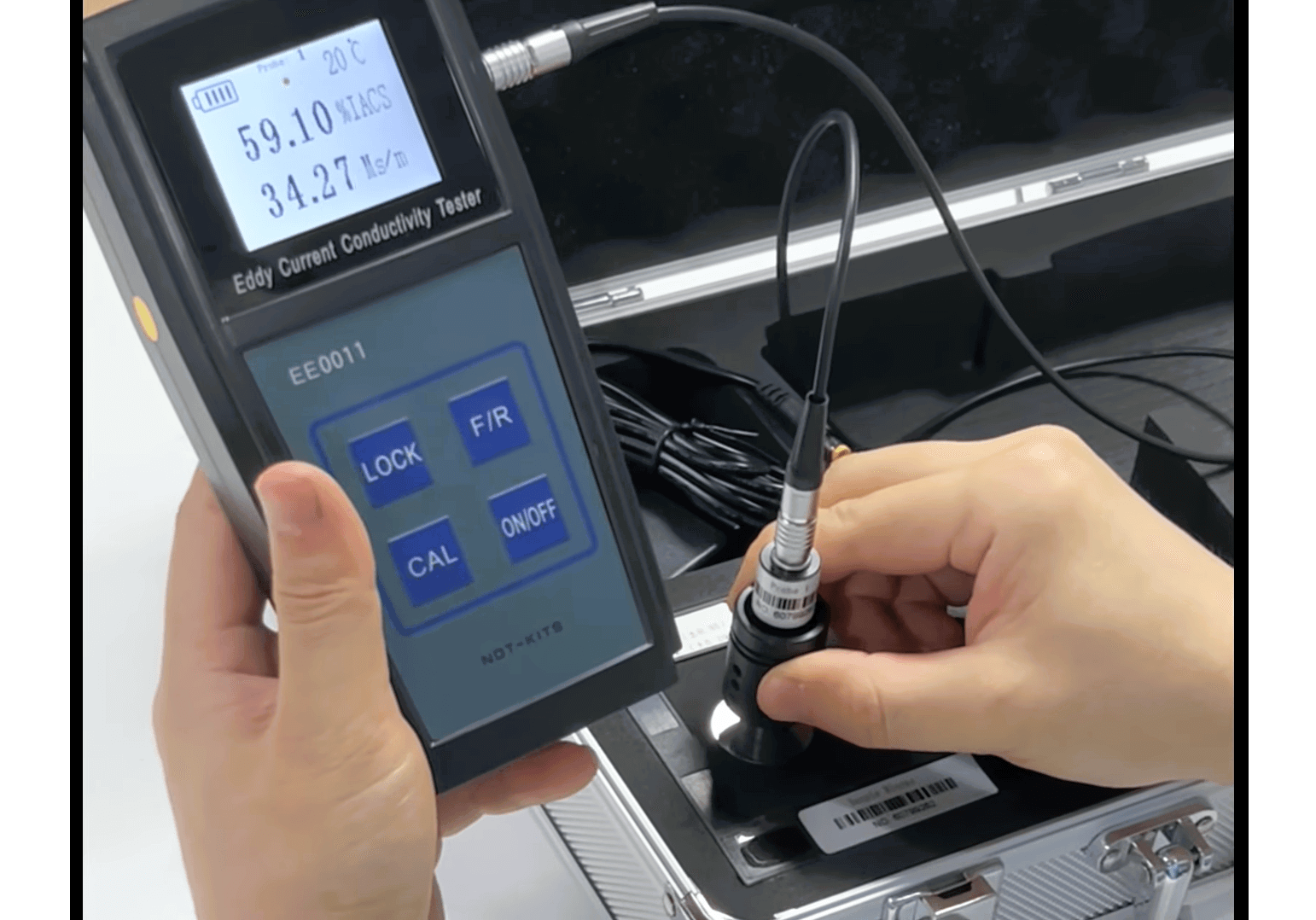
The type of meter you need depends on the application. If you plan to conduct your tests for contaminants, purchase a simple and affordable conductivity meter. If you plan to work with a certified laboratory for testing, you can buy a more expensive and sophisticated meter.
Both are used for the same purpose. But when working with different materials, different meters come in handy. This article will explain how to calibrate a conductivity meter and use it for the proper purpose.
What is Eddy Current Conductivity Meter?
Eddy current conductivity meter is an instrument that measures the number of specific ions by using eddy current.
The usage of meters is wide, and the probes are being used in many industries because they can measure the differences between two physical characteristics of the same liquid.
It can also be said that eddy current could be an invention. The usage of this instrument originated in 1875 by William Thomson, but it was in the light by the 1920s. Methods consist of magnetic field monitoring or flow getting into mag fluids.
On the other extreme, depending on its type, there are magnetic bureaus where; measurements are against magnets or measures with a magnet pumping from one end to another end and with a tube connected to where the magnet is contacting that detects changes in ear-type instruments.
Nowadays, these instruments are widely used in various industries such as electronics (quantum effect), communications (ESD), power generation turbines, geology, etc., besides portable technology such as iPhone (precious stones inspection) or tablets.
How To Calibrate The Eddy Current Conductivity Meter?
Calibrating the Eddy Current Conductivity Meter is as easy as it gets. You need to follow the steps below.
Step 1: Place a plastic cup filled with calibration standard in water at room temperature and leave it for some time.
Step 2: Once the solution has reached room temperature, place the conductivity probe into the solution and wait for a few seconds. The probe should now show its accurate reading on your meter’s display screen. If no reading shows up, you must repeat steps 1 and 2 until you get your desired reading from your meter’s display screen.
Step 3: Now that you have got your desired reading from your meter, set it to calibration mode by pressing the “calibration” button. Make sure that you don’t touch any part of the conductivity probe while setting it in calibration mode because this will result in false readings, making calibrating your water meter very difficult. If you are in a hurry, then you can skip this step.
Step 4: Now, set your meter to the desired range of conductivity and press start to test your water meter. The meter will now take a reading and show it on its display screen.
Step 5: Once the reading is complete, hit the “stop” button and wait for 2 minutes before taking another reading to ensure that the water has drained from your meter’s probe.
Conclusion
Eddy Current Conductivity Meter is the best method to check water meter accuracy. It is very simple and easy to use. This method can check the conductivity of water, oil, or any other liquid that has a conductivity measurement. You can quickly test your water meter’s accuracy using this method.
Now that you have completed the calibration process, your water meter’s conductivity will be accurate and reliable. If you have any questions, don’t hesitate to get in touch with us on our contact form at the bottom of this page.
NDT-KITS is a professional company with a high-tech R&D and production base. The company has made breakthroughs in various ultrasonic testing technologies, including developing ultrasonic phased-array probes. In addition, the company has made significant progress in the development of 1-3 composite wafers for high-precision testing equipment. Furthermore, the company has developed digital flaw detection equipment.
It has established itself as a leading manufacturer of nondestructive testing instruments in China, which have become an essential source for NDT inspection technology in China. With this kind of strength and advantages, it’s no wonder that NDT-KITS is now one of the most famous companies among Chinese suppliers.
